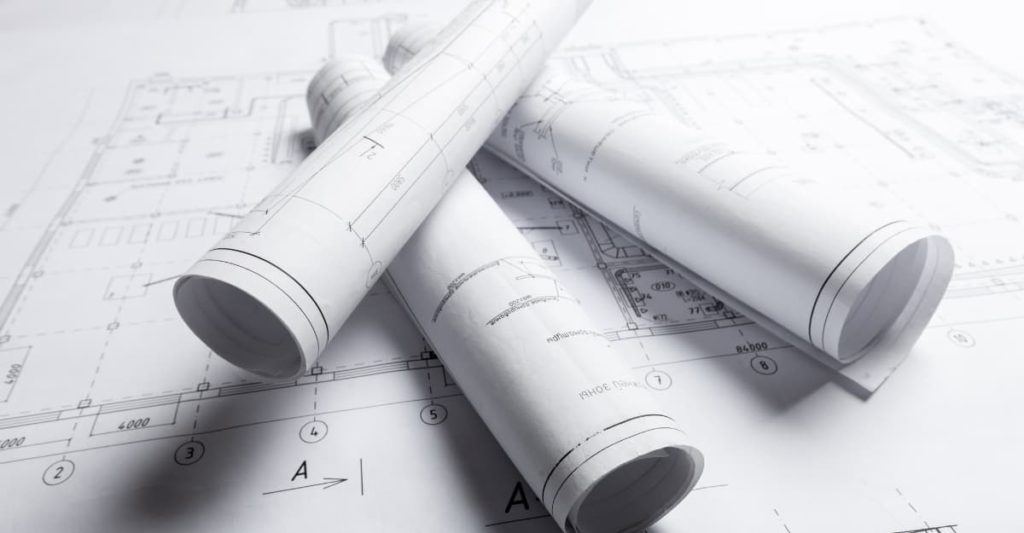What is an active fire protection system?
Active fire protection is a group of systems that require action or motion to work efficiently in the event of a fire. Fire consultants should understand the production process in industries to design a fire protection system. This system is about detecting fire, stopping it and allowing a safe passage for people to escape the fire. Some examples of active fire protection systems are a portable fire extinguisher that manually suppresses fire or a smoke detector that detects smoke and starts an alarm or sprinkler system. Fire hoses, water spray, deluge, sprinkler systems, fire water monitors, steam rings also form a part of the active protection.
Typically, the consultants use an active fire protection system and the passive protection system in a combination. The system uses many media for fire fighting. The commonest medium is usually water. Sometimes, agents like carbon dioxide also are used.
How do fire safety consultants choose the system in industries?
Fire safety consultants in industries analyze the process. They also study the fire risk and determine how a fire can spread, where it is likely to start, and what materials would increase fire spread. As a result of understanding the layout and the materials used in a building, fire safety consultants can gather information on how the fire would spread. They also try to find out ways to put systems in place to mitigate the risk.
Different types of Active Fire Protection
The fire consultants in industries design the FRMS after analyzing the layout design one or a combination of two or more systems for fire protection system. A few of the systems that come under the umbrella of active protection system are:
- Automatic Fire Suppression System: Generally, fire consultants use this in large spaces. It detects through a heat sensor and suppresses fire through the extinguishing agent. Furthermore, as this is automatic, it doesn’t need manual intervention.
- Sprinkler System: These days, many types of sprinkler systems are available. The heat sensors trigger the sprinklers to release water and suppress the fire. The system is connected with the water reservoir. This ensures that the pipelines have water at all times.
- Smoke Detectors: The smoke detectors are a part of the fire alarm system. They are interconnected. They, as the name suggests, detect smoke and trigger an alarm.
- Fire Extinguishers: Multiple types of fire extinguishers are available to suppress different classes of fire.
- Gas Suppression System: This system uses gas to extinguish the fire. Moreover, the gas suppression systems do not damage the equipment while putting out the fire. Hence, server rooms, electrical panel rooms etc., have gas suppression systems.
- Emergency Lighting: This system becomes active once the power fails.
- Fire Alarm System: The fire alarm system triggers the alarm and alerts the occupants of the fire.
- Ventilation system: This system keeps the evacuation area free of smoke with fire-resistant fans.
To conclude, industrial fire safety consultants should design a fire protection system that mitigates fire risks. Fire is a significant cause of loss of life and property in industries. Hence, it is all the more important to have a relevant fire safety system in place.












